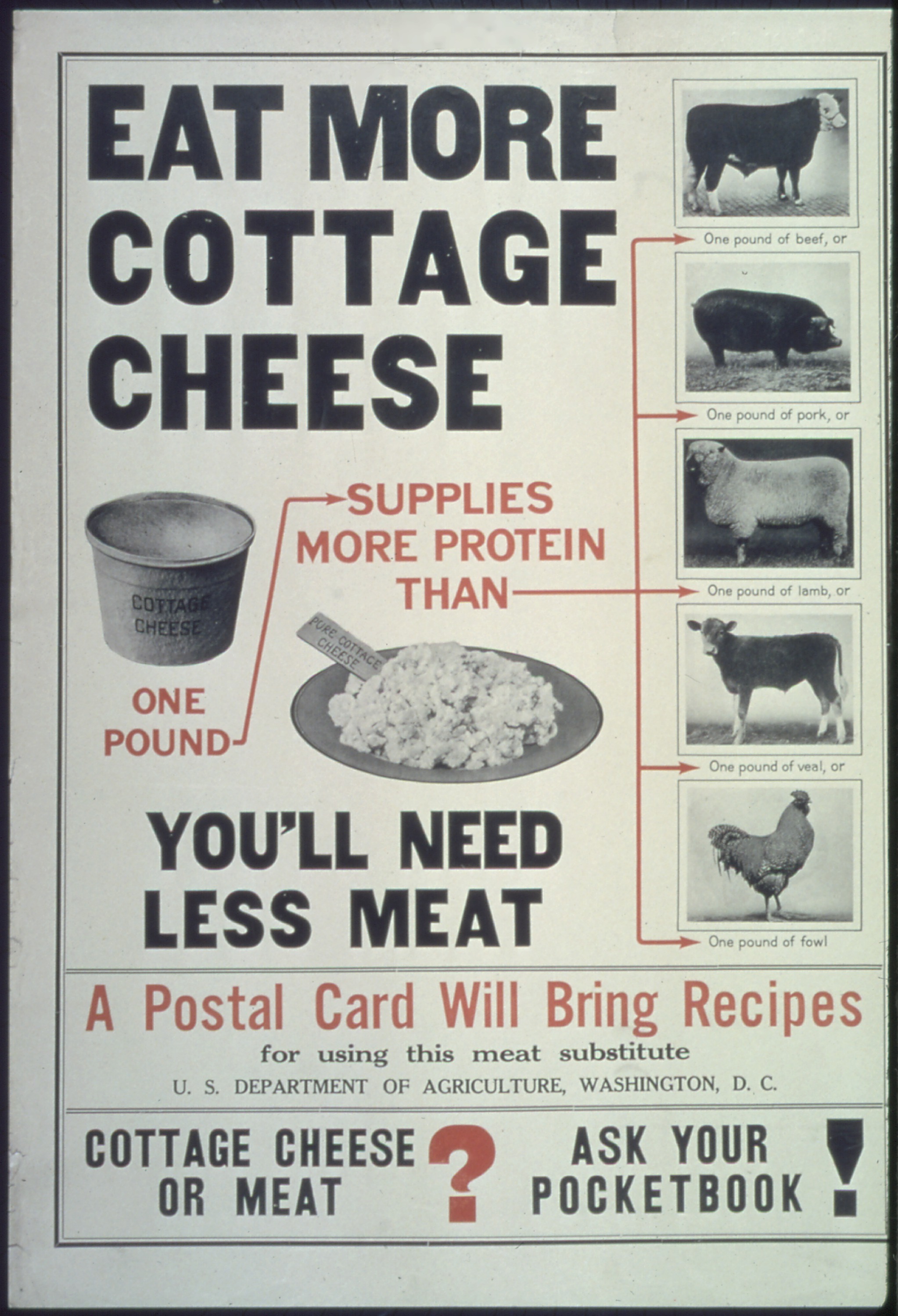How can we make it easier for couples to find jobs when they have very specific requirements?
Location is a major limiting factor. The availability of job information is likely an even larger factor: that majority of available jobs aren't posted publicly. Even among educational institutions, many of which must announce job openings, faculty participate in distinct but invisible hiring networks governed by status and prestige.
We'll have to work with what we have.
As far as job searches go, I've found the following sites:
- The HERC Dual Career search tool. I think I've mentioned this one on the blog before. It only covers the US but includes a variety of institutions and job types.
- HigherEdJobs dual career search. Like the HERC site, this one primarily searches the US, but includes Canada and potentially even beyond, though I haven't found any postings there yet. The listings appear to include a number of older posts - I saw some dating from 2012 - which could be a useful feature if you're trying to find out who could be hiring rather than just who is hiring right now.
- Inside Higher Ed Careers dual career search. This search tool claims to search anywhere in the world but that may be an exaggeration.
- EURAXESS. Not exclusively a career search site (it does have a search tool for research jobs in Europe, though the selection may be limited depending upon the field) but also a guide for academics who might like to work in Europe.
- Many universities have dual-career assistance programs, sometimes through HERC. The programs may be referred to using other terms, i.e. Partner Opportunities. Most of them offer job search assistance to the partners of prospective hires, though one of you needs to get that far first!
A variety of projects dedicated to this task exist (i.e., TANDEM) but they don't appear to have been organized with job seekers in mind.
One of my recent side projects involves extending the dual-career search concept to jobs worldwide. I'm trying to make it into a meta-search by using publicly available job posts, though the major issue with this approach is variability in post format. Many of them don't even explicitly list geographic locations and a subset even list false-positive locations (a job may be headquartered in London but work may occur somewhere else). There will be some guesswork to do.




